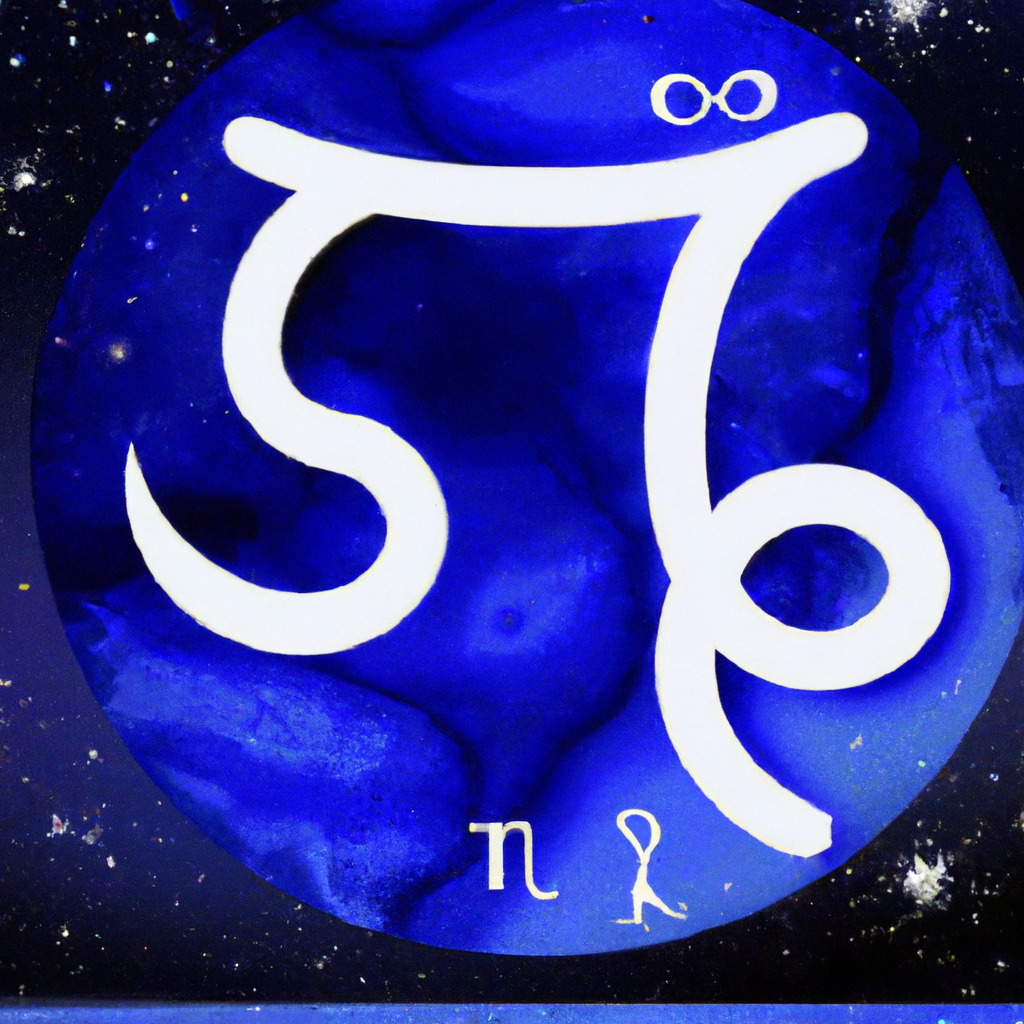As someone who has always been fascinated by astrology, I am thrilled to share with you the fundamentals of star signs. In this article, I will unravel the intriguing world of astrology and provide a concise overview of the different star signs, their characteristics, and what they signify. Whether you are a skeptic or a believer, join me on this journey as we explore the basics of star signs and gain a deeper understanding of this ancient practice.
Understanding the Basics of Star Signs

What are star signs?
Star signs, also known as zodiac signs, are astrological symbols that represent specific periods of time in the year. They are believed to determine a person’s personality traits and characteristics based on the position of the stars and planets at the time of their birth. Each star sign is associated with certain elements, qualities, and celestial bodies, which provide insights into an individual’s strengths, weaknesses, and compatibility with others.
The history of star signs
The study of star signs dates back thousands of years to ancient civilizations such as the Babylonians, Egyptians, and Greeks. These ancient cultures observed the patterns and movements of the stars and planets and connected them to various aspects of human existence. They believed that the alignment of celestial bodies had a profound influence on individual personalities and the events that unfolded in the world. Over time, these observations and interpretations were passed down through generations, evolving into the astrological system we know today.
The 12 zodiac signs
The zodiac is divided into 12 sectors, each representing a specific star sign. These signs are Aries, Taurus, Gemini, Cancer, Leo, Virgo, Libra, Scorpio, Sagittarius, Capricorn, Aquarius, and Pisces. Each star sign corresponds to a certain time of the year, typically spanning a month. For example, Aries covers the period from March 21st to April 19th, while Gemini falls between May 21st and June 20th. These signs follow the cycle of the sun’s movement through the constellations of the zodiac.
The four elements
The 12 zodiac signs are further divided into four elements: fire, earth, air, and water. Fire signs (Aries, Leo, Sagittarius) are characterized by passion, energy, and a sense of adventure. Earth signs (Taurus, Virgo, Capricorn) are known for their practicality, reliability, and grounded nature. Air signs (Gemini, Libra, Aquarius) are intellectual, communicative, and adaptable. Water signs (Cancer, Scorpio, Pisces) are emotional, intuitive, and deeply connected to their emotions and the feelings of others.

The qualities
In addition to elements, each zodiac sign is associated with a specific quality: cardinal, fixed, or mutable. Cardinal signs (Aries, Cancer, Libra, Capricorn) are known for their leadership skills, initiative, and the ability to start new projects. Fixed signs (Taurus, Leo, Scorpio, Aquarius) are determined, reliable, and stable. Mutable signs (Gemini, Virgo, Sagittarius, Pisces) are adaptable, versatile, and inclined towards change. These qualities add depth and nuance to the personality traits attributed to each star sign.
Personality traits of each star sign
Each star sign comes with its own unique set of personality traits. Aries, for example, is known for their assertiveness, confidence, and competitive nature. Taurus individuals are typically practical, patient, and stubborn. Geminis are curious, sociable, and quick-witted. Cancers are nurturing, intuitive, and emotional. Leos are confident, outgoing, and theatrical. The list goes on, with each star sign offering a distinct combination of strengths and weaknesses that influence how individuals navigate the world and form relationships.
Compatible and incompatible star signs
One aspect of star signs that often captures our attention is compatibility. Certain star signs are believed to have natural synergies and compatibility when it comes to relationships, while others may face challenges. For example, fire signs (Aries, Leo, Sagittarius) tend to get along well with other fire signs, as their shared passion and energy create a dynamic and exciting connection. Water signs (Cancer, Scorpio, Pisces), on the other hand, are often drawn to each other due to their emotional depth and understanding. However, it is important to remember that astrology is not an exact science and that individual differences always play a significant role in relationship dynamics.
The impact of star signs on relationships
While star signs can offer valuable insights into relationship dynamics, it is crucial to approach them with an open mind and not rely solely on astrological compatibility. Understanding one’s own and their partner’s star sign can provide a starting point for exploring shared values, communication styles, and potential challenges. It can help individuals develop self-awareness and empathy, as well as foster a deeper understanding of their partner’s needs. However, successful relationships are built on mutual respect, effective communication, and a commitment to growth and understanding.
Common misconceptions about star signs
Despite its popularity, astrology often faces criticism and misconceptions. One common misconception is that star signs determine an individual’s destiny or dictate their future. In reality, star signs provide a general framework for understanding personality traits and compatibility but do not determine the outcome of events or relationships. Another common misconception is that all individuals belonging to the same star sign will exhibit identical traits. While star signs may offer similarities, individuals within the same sign can vary greatly due to other factors such as upbringing, life experiences, and personal choices.
Using star signs for self-discovery
Star signs can be a valuable tool for self-discovery and personal growth. By exploring the traits and tendencies associated with their star sign, individuals can gain insight into their strengths, weaknesses, and potential areas for personal development. Understanding one’s star sign can also help in identifying compatible career paths, communication styles, and coping mechanisms in times of stress. However, it is important to remember that star signs are just one piece of the puzzle, and self-discovery should be approached holistically, considering various aspects of one’s identity and experiences.
In conclusion, star signs provide a fascinating framework for understanding personality traits, compatibility, and self-discovery. Rooted in ancient traditions and observations, they offer insights into the rich tapestry of human nature. While star signs can provide valuable guidance, it is essential to approach them as a tool for self-reflection and growth rather than definitive predictions or limitations. By embracing the unique qualities of our star signs while remaining open to individual differences, we can unlock a deeper understanding of ourselves and the world around us.

